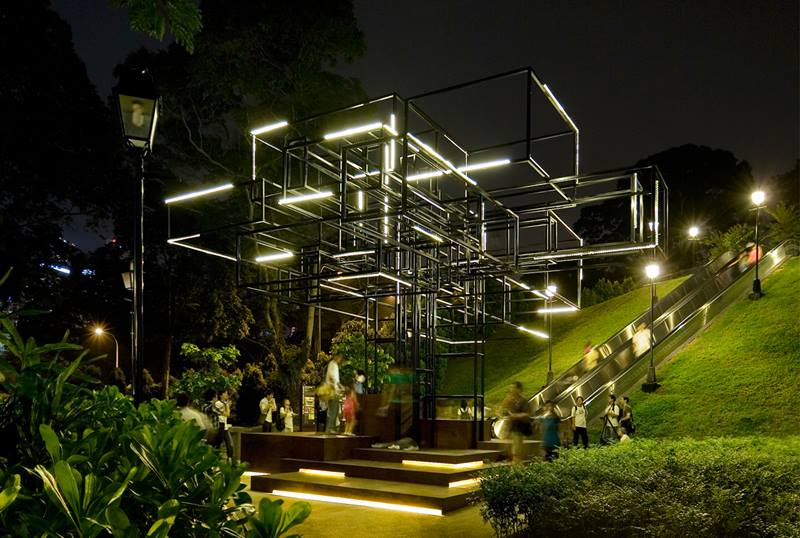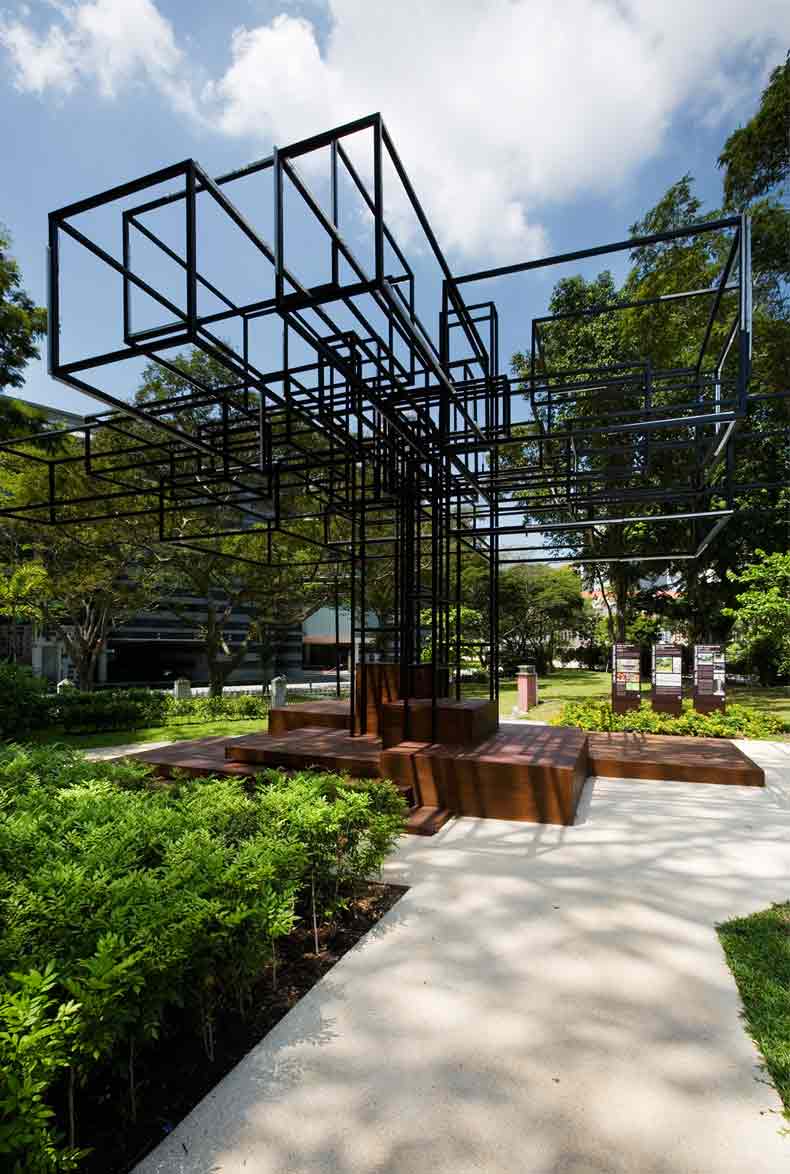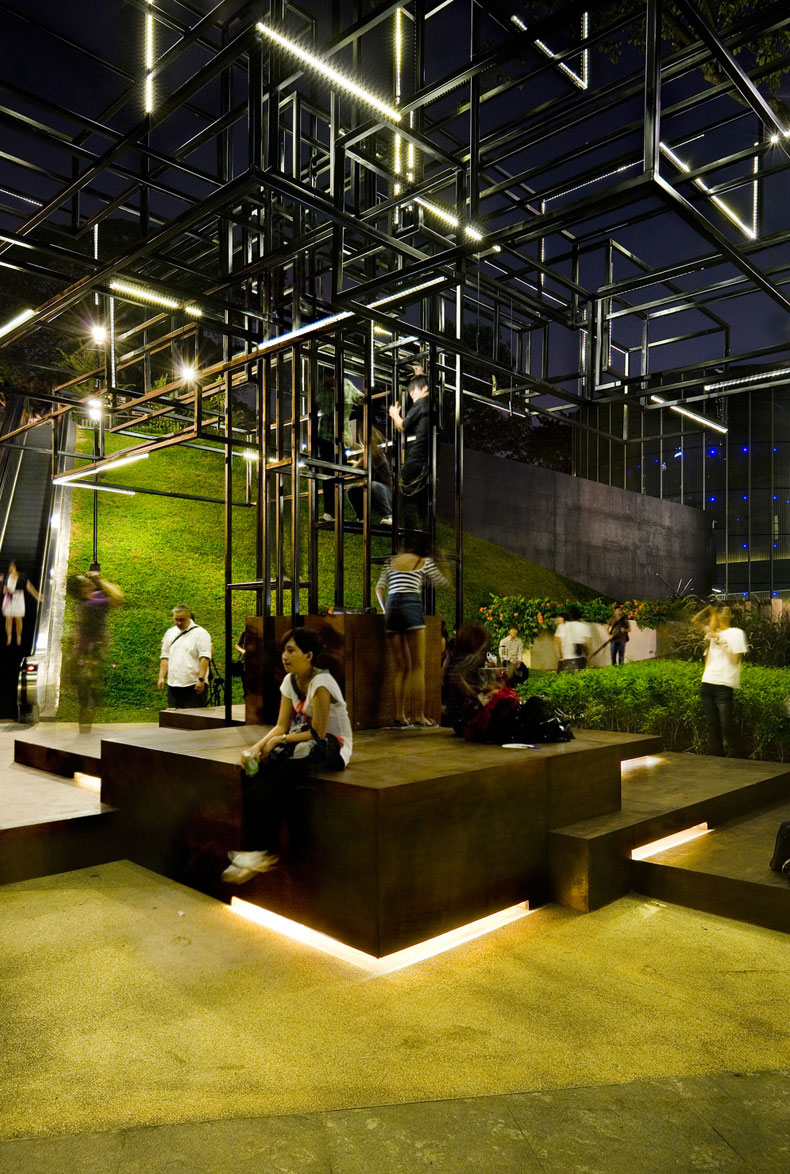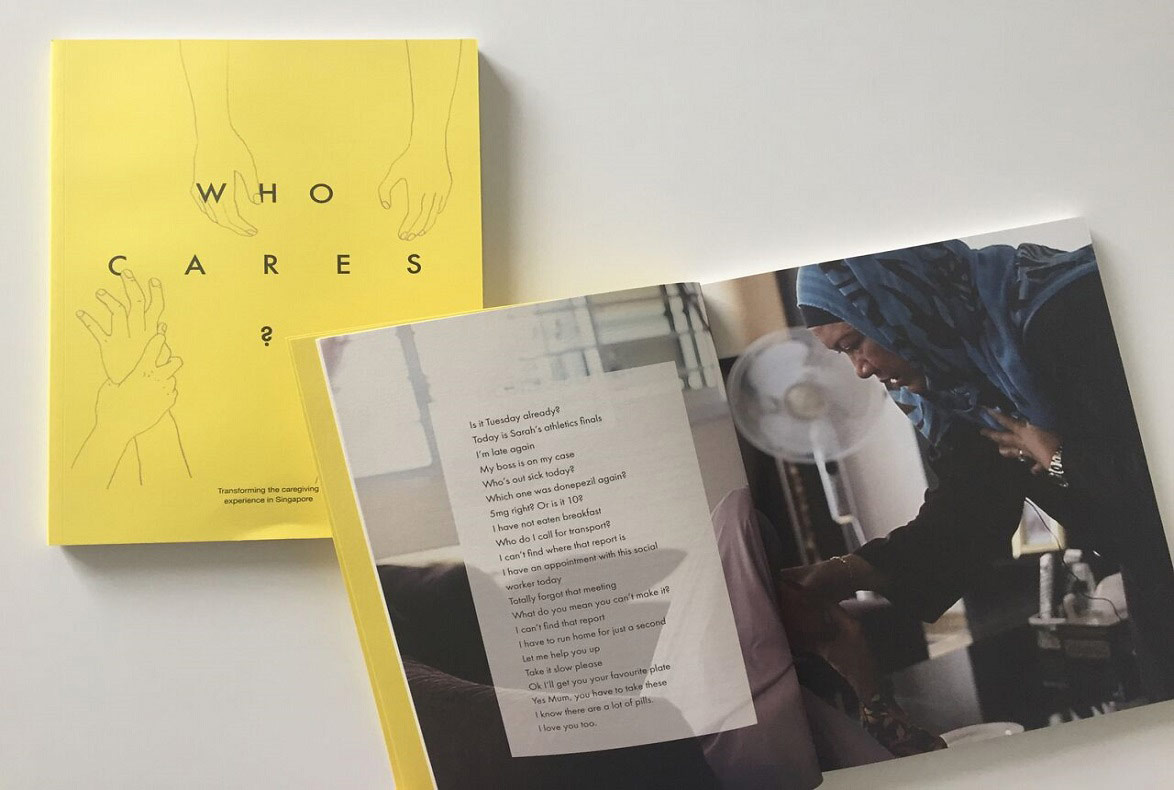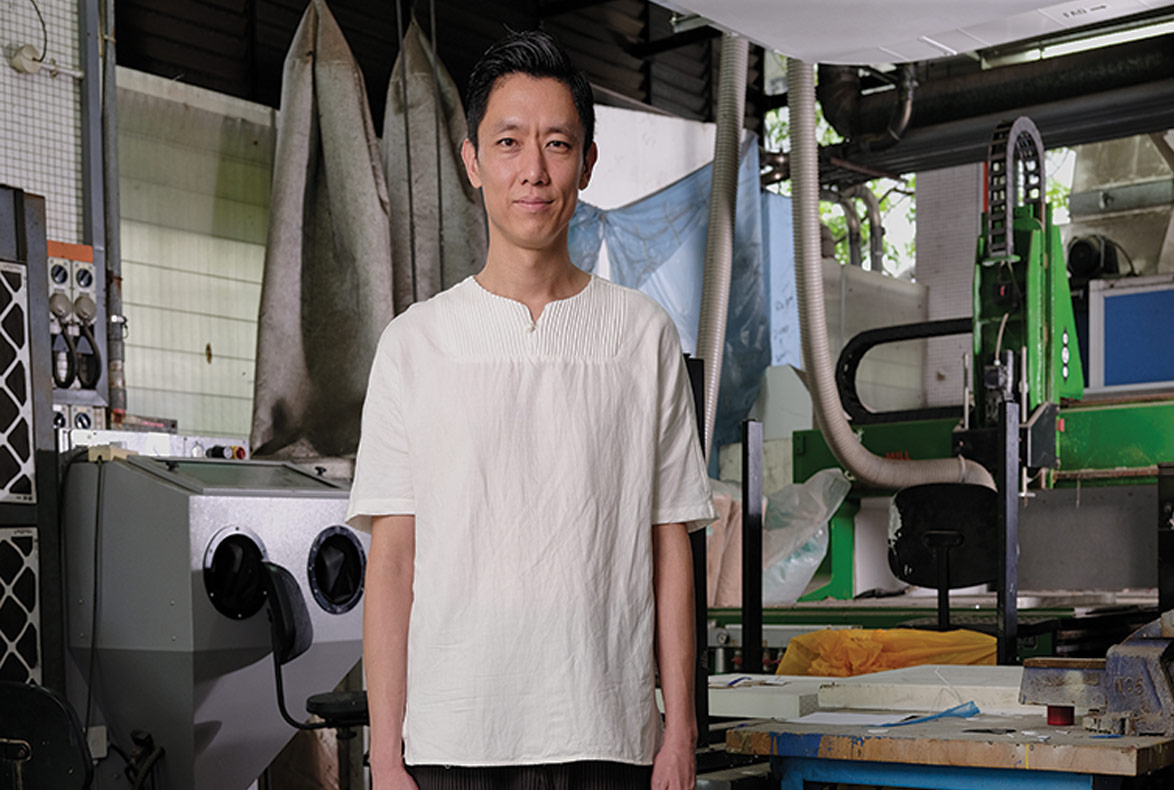* DESIGN OF
THE YEAR 2010
When the National Museum approached FARM to “create something delightful” for the Night Festival 2009, its response was to create something that would engage the public and at the same time respond to the beauty of the museum grounds. During early discussions with the client, the design team attended the Under The Banyan Tree series of movie screenings organised by the museum, and was fascinated by how the majestic banyan tree seemed to cast a spell over the crowd. They realised then that they had found their inspiration.
Said the design team, “When we think about the National Museum, the association with another “grand old dame” comes to mind. It is the huge old banyan tree that sits majestically on the museum’s front lawn, seemingly holding court in a place full of histories, stories and magic. We wanted to allude to all this richness and symbolism through a contemporary reinterpretation of the banyan tree.” The team hoped that The Tree would inspire people to “slow down, take a breather and simply bask and partake in this recreation of nature’s wonder”.
To derive the form of The Tree, the design team developed several 3D models to study the different possibilities and permutations with varying structural logics and variations in patterns. They wanted it to look different from every angle while maintaining a singular spatial influence on its surroundings. In the end, a series of geometrical cubes were used as the primary design language. Hence, The Tree was constructed from a series of rectangles and square frames of various sizes, rising from the ground and interlocking in a 3-dimensional space, forming a semblance of the original banyan tree.
The next crucial question in the design process was how The Tree would interact with the site and the city. Taking the cue from the hanging vines of the banyan tree, the team installed sound detectors that could capture various tones in the environment that would trigger a series of lights in The Tree. A digital model was developed to study the potential of the idea, convincing both the design team and the client that it was not only feasible but also captivating. With the addition of LED light tubes, The Tree glowed like a huge lantern at night. The Tree was also able to react to sound: a series of microphones hidden within the structure of the structure was programmed to pick up and react to sounds in the environment by pulsating with light. The louder the sounds, the brighter the Tree became. As the team put it, “It was something that we fell in love with at first sight, and so did the client.”
It was not easy to translate the concept into reality. To understand the structure better, the team broke The Tree down into various parts, referring to The Tree’s foundation as the Roots, the main support as the Trunk, the primary cantilevers as the Branches, and finally the top as the Crown. The team recalls the difficulty of balancing the design of each part of the structure: “The Trunk had to look slender and the Crown luscious. It was quite a task to balance each projection from the Trunk while wanting the Branches and Crown to look different at the same time. We did not have any advanced structural programmes at that time so a lot of the work was done by trial and error, with a huge dose of common sense and faith!”
As The Tree was a huge outdoor structure, the team also had to ensure that it could withstand changing environmental factors such as weather, wind load and public vandalism, among others. Different materials were tested before the team finally settled on one that was lightweight yet strong enough for the structure.
At the end of the process, the contractor created a full-scale mock-up of The Tree at an alternate location in order to confirm the configurations of the Branches. Once this was settled, the entire structure was dismantled and transported to the museum grounds, where it was erected in its final form.
Ultimately, the design team believes that “the Tree was beautiful because of its simplicity”. While it was a complex installation in terms of the structural and interactive components behind it, none of these complexities were obvious. The outcome was a delightful homage to a grand old tree, and as a contemporary light and sound installation located in the city, it was engaging and enjoyable for both adults and children.
Throughout the whole process, the design team notes that the National Museum was very supportive and receptive to new ideas and new ways of doing things. “Because we are neither sculptors nor specialists in landscape art, we were thankful that National Museum of Singapore gave us the opportunity and creative freedom to work on the project … Having such an open-minded and daring client was a huge blessing!”
READ MORE
ABOUT THE DESIGNER
FARM is a multi-disciplinary design studio made up of designers from various backgrounds and trained in different professions such as architecture, interior design and graphic design. The team is guided by the view that
“design should be clever, sincere and never too straightforward. It should be joyous, pleasant and witty with an element of surprise.”
It also believes in having fun: “We share a creative studio with an environment that is easy, fun and comfortable to contribute and share ideas … We believe that if people are enjoying themselves in the office, they will continue to create good work. This is the platform for us to have a fresh and hopefully unique take on our design.”
To engage and collaborate with other designers, FARM organises ROJAK, a quarterly event where designers and artists share their work at various locations in Singapore. It also makes unique local products for the National Museum of Singapore and the Singapore Art Museum under a process it developed called Apostrophe S.
READ MOREDESIGNER
FARM
Peter Sim, Director and Lead Designer
Torrance Goh, Director and Lead Designer
Tiah Nan Chyuan, Director and Lead Designer
Selwyn Low, Director and Lead Designer
Willie Koh, Associate
Dylan Quek, Designer
CONTRACTOR
AE Models Team Pte Ltd
CLIENT
National Museum of Singapore
ENGINEER
NCK Associates
Insights from the Recipient
Citation
Jury Citation
The Tree represents a new type of landscape design that observes nature and that operates on multiple levels of cultural memory. It represents the knitting of man and nature through form, sound and light, and acts as a gathering point that favours social interaction.
The designers of The Tree say that “the huge old Banyan tree that sits majestically on the front lawn of the National Museum is a place full of histories, stories and magic”. The project is a contemporary reinterpretation of this tree, alluding to all its richness and symbolism and “inspiring people to slow down, take a breather and simply bask and partake in this re-creation of nature’s wonder”. The techno-tree lantern reacts to the sounds of the public, pulsating with light in a delightfully interactive way.
The Jury would like to see The Tree in a more permanent state.
VIEW JURORS
Nominator Citation
DR LILIAN CHEE
ASSISTANT PROFESSOR
DEPARTMENT OF ARCHITECTURE
SCHOOL OF DESIGN AND ENVIRONMENT
NATIONAL UNIVERSITY OF SINGAPORE
The Tree by FARM does not fall neatly into categories. It is part sculpture, part interactive display, part landscape design and part playground. That is why it is so special.
It was erected as part of the Night Festival 2009 and stood for three months. It consisted of a large tree-like object made of rectangular steel boxes and light tubes. When exposed to external noises, sensors attached to the structure would cause the light tubes to resonate and pulse, creating hypnotic visual patterns. It is a worthy design because it is so simple an idea yet it succeeds at so many levels, and it is a beautiful object. It echoes the revered banyan tree on-site. It is a physical urban plaything for climbing around.
It is an interactive plaything that provides an excuse for stomping, clapping and shouting at the top of your voice. It provides a commentary on the hustle and bustle of contemporary life, pulsating to the sounds of traffic and the city.

